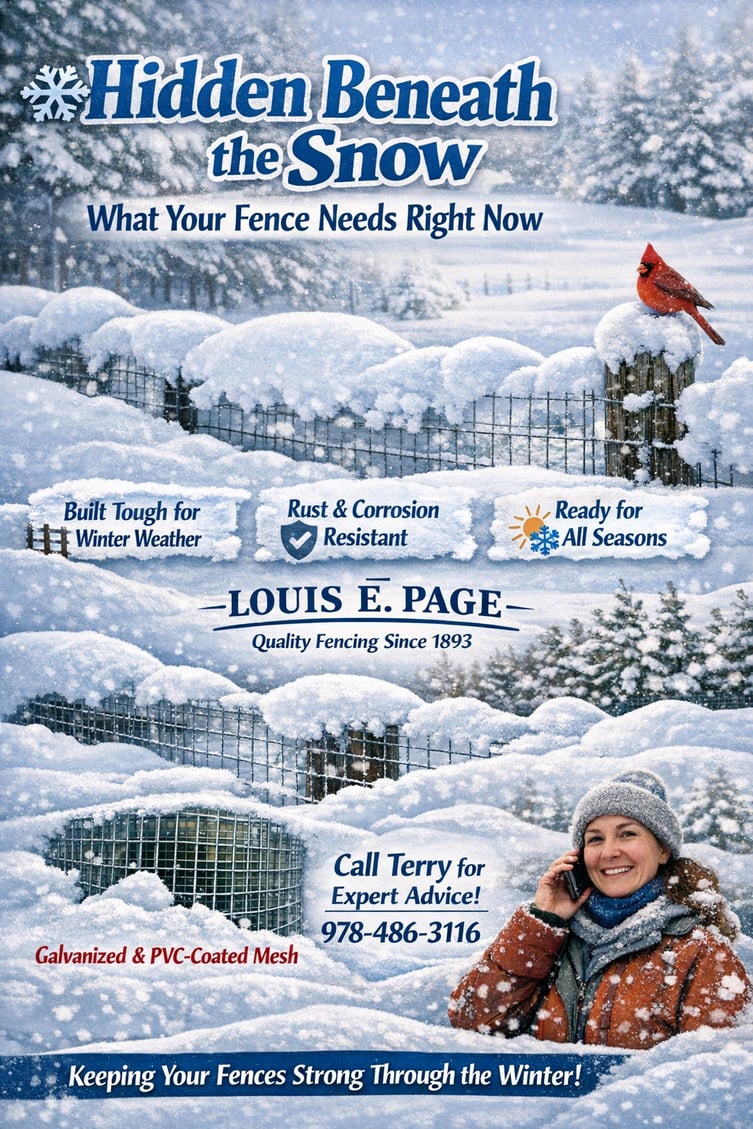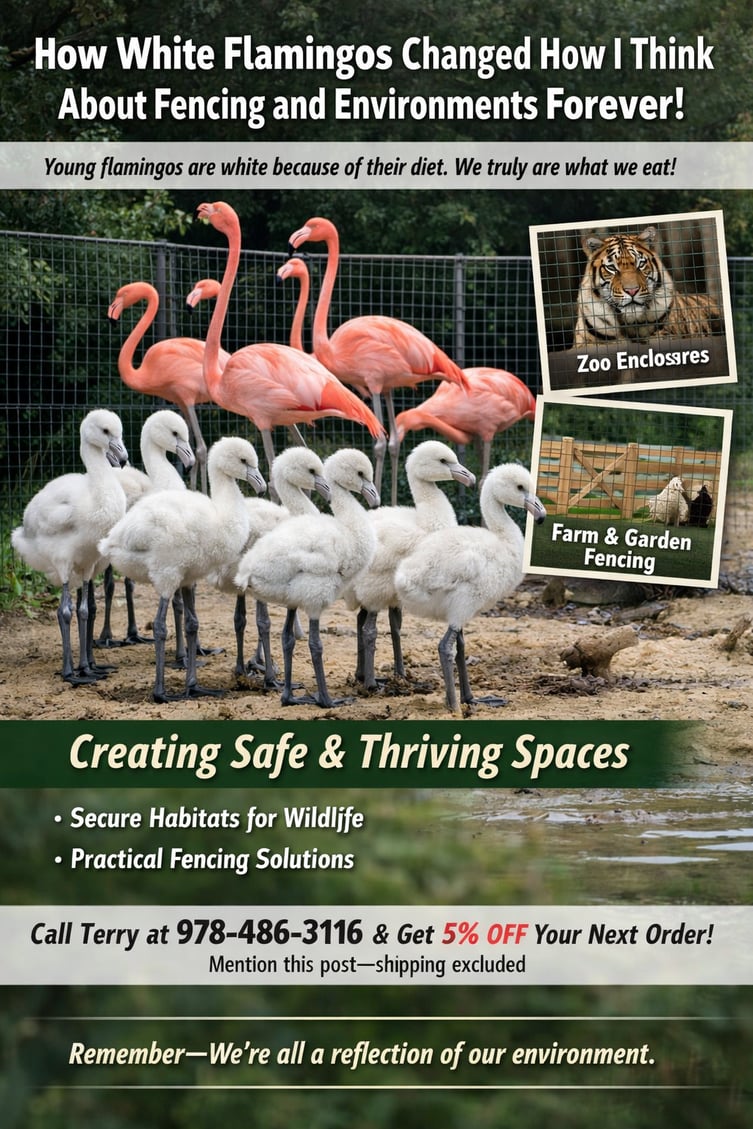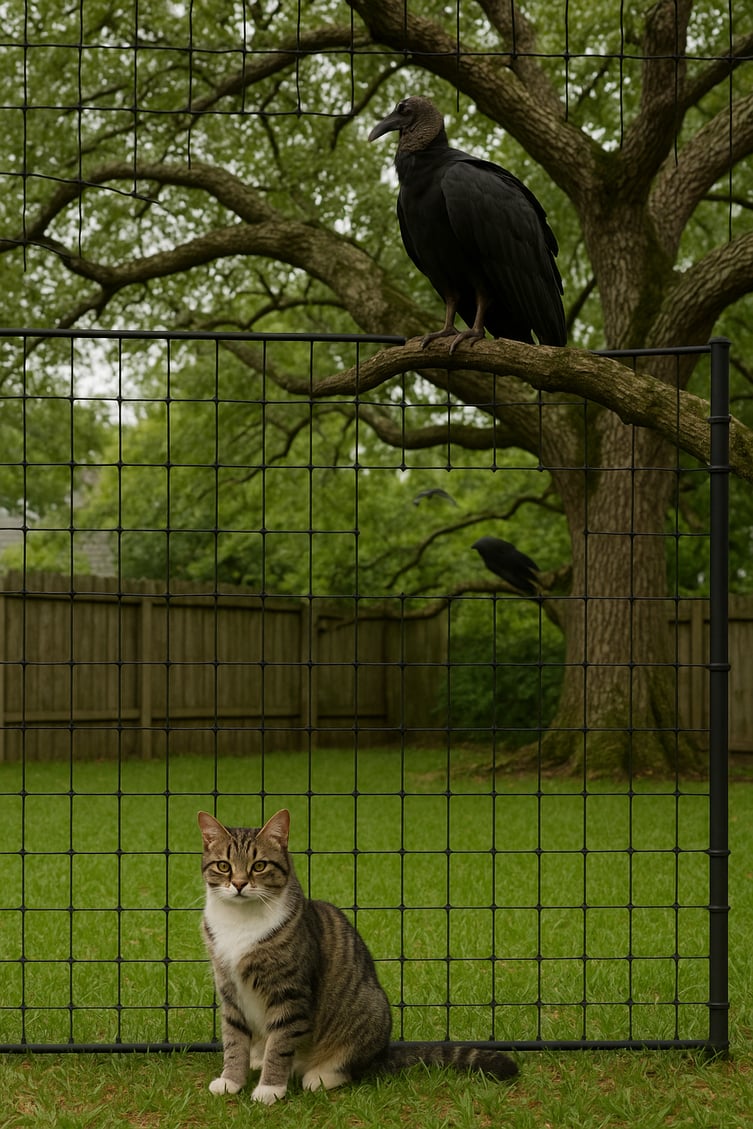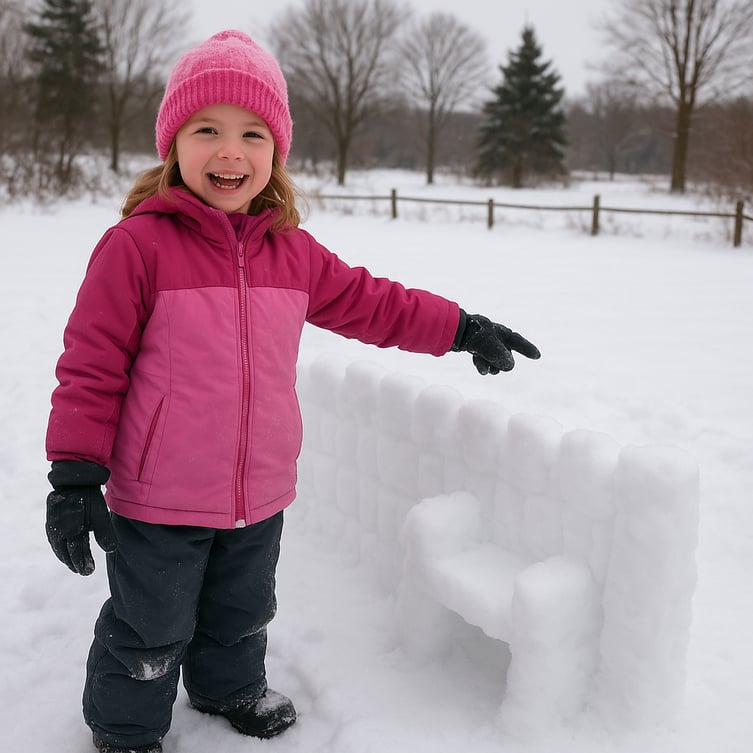🎶 Can Fences Sing in Harmony? 🎶
In harmony with what? With your needs, of course—so the answer is YES! Strong, reliable, and built to last, just like holiday traditions!
A Caroling Reminder of Connection
Yesterday, I had the privilege of joining a group of friends and family as we brought some old-fashioned holiday cheer to our community. With children ranging from six months to ten years old, and one vibrant octogenarian leading the way, we went Christmas caroling to visit shut-ins who may not often hear the sound of laughter or song in their homes.
The joy we encountered was contagious. Watching a 90-year-old grandmother’s eyes light up as she heard “Silent Night,” or seeing the grin on my grandson’s face as he rang his jingle bells, reminded me of the beauty of connection. These moments of kindness and togetherness are what build strong, enduring bonds—not unlike the fences we provide at Louis E. Page.
Fences That Foster Meaningful Moments
You see, a good fence doesn’t just divide spaces; it creates boundaries where trust can grow and connections can flourish. Whether it’s a sturdy enclosure for a family farm, a protective barrier for a community park, or even the framework for a backyard filled with the laughter of children, fences set the stage for life’s most meaningful moments.
At Louis E. Page, we’ve been helping customers create spaces that foster connection and security for over a century. Just as our caroling warmed the hearts of those we visited, we believe every fence we sell can make someone’s world a little better.
Let’s Build Something Meaningful Together
As we move into the new year, I’d love to help you with your fencing needs—whether it’s for a small project or something more expansive. Please don’t hesitate to reach out to our fence expert, Terry, at 978-486-3116, to discuss your goals or request a quote.
Have yourself a merry little Christmas!
Warmly, Debbie Page










